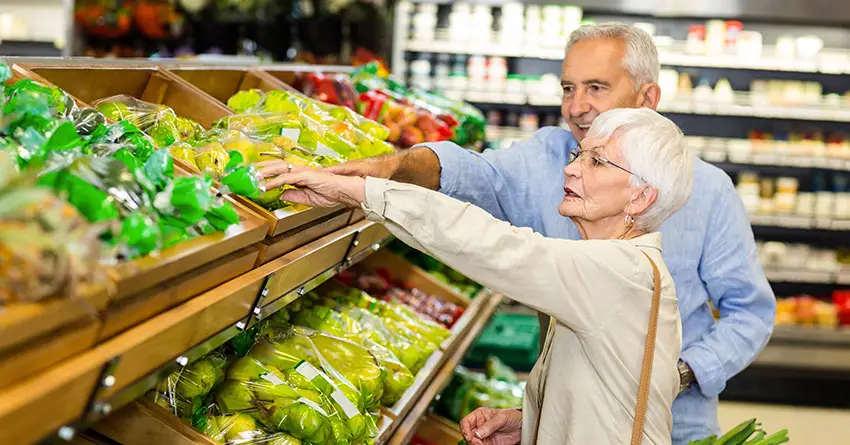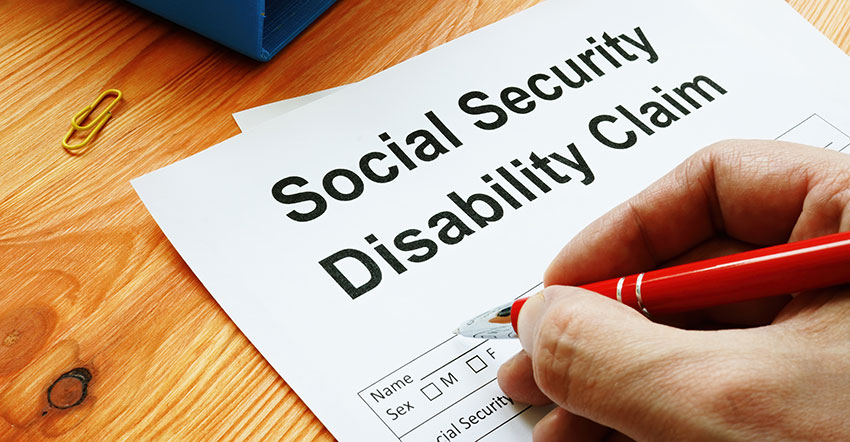The Supplemental Nutrition Assistance Program (SNAP — formerly the Food Stamp program) is an important federal program that provides low income adults and people with disabilities with a monthly benefit that they can use to purchase food.
This program is especially important for low income seniors who often live on fixed budgets and are forced to make difficult trade-offs that affect their health and overall wellbeing.
Food insecurity is associated with adverse health outcomes in seniors—for instance, food insecure seniors are 50% more likely to develop diabetes, 14% more likely to have high blood pressure, and nearly 60% more likely to have congestive heart failure or have experienced a heart attack.(1)
A 2018 study of low-income seniors found that SNAP participants are 23% less likely to enter a nursing home and 4% less likely to be hospitalized in the year after receiving SNAP.
Despite being an important program for seniors’ health, people over 60 have the lowest SNAP take-up rate of all demographic groups.(2) Common barriers for senior SNAP participation include a lack of knowledge about the benefit, confusion about eligibility and difficulty filling out the application.
Who is eligible for SNAP?
Eligibility for SNAP is determined based on household income and assets. In general, gross income must be less than 130% of the federal poverty threshold, and net income must be less than 100% of the poverty threshold.
The gross income test is waived for households containing persons aged 60 and older and those receiving certain disability payments, although the net income and asset tests still apply.
If you are already approved for these benefits you are likely automatically approved to receive SNAP benefits:
- Supplemental Security Income (SSI)
- Public or General Assistance
- Temporary Assistance for Needy Families (TANF)
How are SNAP benefits received?
SNAP benefits are provided through a special card called an EBT (Electronic Benefits Transfer). The EBT card works just like a debit card so you can buy groceries at a participating food store and the costs are taken directly out of the account linked to the EBT card.
SNAP benefits are loaded onto the EBT card on a monthly basis. Any SNAP benefits in your EBT account at the end of the month will be carried over into the next month.
Most who qualify for SNAP receive benefits for a 6-12 month period. However, people over the age of 60 may be eligible for up to 36 months.
How to apply for SNAP benefits:
Each state has its own application process. To apply for benefits, or get additional information about SNAP, contact your local SNAP office and inquire about the application process. Most states will have an online application process.
(1) James Ziliak and Craig Gunderson. The Health Consequences of Senior Hunger in the United States: Evidence from the 1999-2010 NHANES. National Foundation to End Senior Hunger (February 2014)
(2) US Department of Agriculture, Food and Nutrition Service. Trends in Supplemental Nutrition Assistance Program Participation Rates: FY 2010 to FY 2012 (July 2014)



